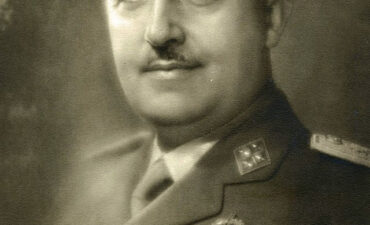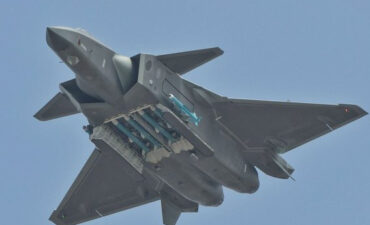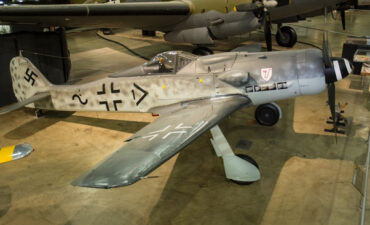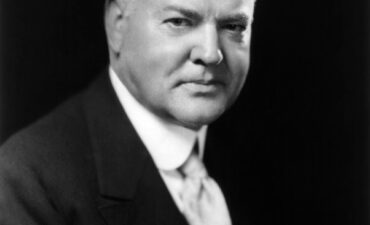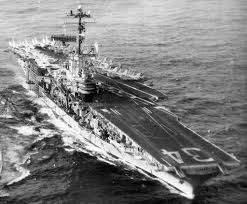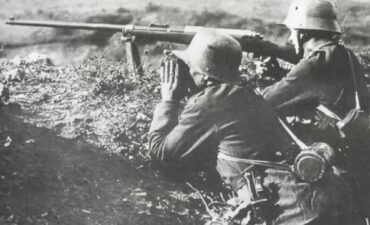How did the German Focke-Wulf FW-190 compare to the British Spitfire and American P-51 Mustang fighters?
How did the German Focke-Wulf FW-190 compare to the British Spitfire and American P-51 Mustang fighters? The Focke-Wulf FW-190, the British Spitfire, and the American P-51 Mustang were three of the most iconic fighter aircraft of World War II, each excelling in different roles and conditions. Here’s a comparison of these aircraft based on various attributes:
Design and Purpose:
- FW-190: The FW-190, introduced in 1941, was designed as a versatile fighter capable of air superiority, ground attack, and bomber interception. It was known for its ruggedness, heavy firepower, and powerful radial engine.
- Spitfire: The Spitfire, which debuted in 1938, was initially designed for air superiority and was a central fighter for the RAF, especially during the Battle of Britain. Its design prioritized agility and speed.
- P-51 Mustang: The P-51, introduced in 1942, was developed to meet the need for a long-range escort fighter to accompany bombers deep into enemy territory. Its design was optimized for range, speed, and high-altitude performance.
Performance:
- FW-190: It was powered by a BMW 801 radial engine (and later variants used a more powerful Jumo engine). It was fast at low to medium altitudes and had great acceleration, with a top speed of around 408 mph (657 km/h). However, it was outperformed at high altitudes, especially by the later-model Spitfires and P-51s.
- Spitfire: Known for its superb handling and turning ability, the Spitfire’s elliptical wing design allowed for excellent maneuverability. With various engine upgrades, like the Rolls-Royce Merlin and Griffon engines, it had a top speed of 370-440 mph (depending on the model) and performed well at both low and high altitudes.
- P-51 Mustang: The Mustang’s greatest strength was its combination of long-range, high-speed performance, and good high-altitude capability. The P-51D, powered by the Packard-built Rolls-Royce Merlin engine, had a top speed of 437 mph (703 km/h) and could escort bombers deep into Germany, outmatching the FW-190 and Spitfire at high altitudes.
Range:
- FW-190: Its range was relatively short, about 500-600 miles (800-965 km), making it less effective for long-range missions.
- Spitfire: The Spitfire had a relatively short range, around 500 miles (805 km), although some models with drop tanks could extend this somewhat. It was mainly suited for defensive and short-range offensive missions.
- P-51 Mustang: The P-51 had a much longer range, about 1,650 miles (2,655 km) with drop tanks, making it ideal for long-range bomber escort and deep penetration into enemy territory.
Firepower:
- FW-190: One of the heaviest armed fighters, it typically carried a combination of 20mm cannons and 13mm machine guns, with some models adding additional cannons or even rockets for bomber interception.
- Spitfire: The Spitfire carried 8 .303 Browning machine guns in early models, later replaced by 20mm Hispano cannons and .50 caliber machine guns for increased firepower.
- P-51 Mustang: The P-51D was equipped with 6 .50 caliber Browning machine guns, offering substantial firepower for dogfights and ground attacks, though it was not as heavily armed as the FW-190.
Maneuverability:
FW-190: It was fast and had good roll rates, but it couldn’t match the Spitfire in tight turns. However, its ruggedness allowed it to engage in quick-hit attacks and disengage easily.
Spitfire: The Spitfire was one of the most maneuverable fighters of the war, excelling in dogfights with its tight turn radius and light controls. It could out-turn the FW-190 and the P-51.
P-51 Mustang: The Mustang was less maneuverable in a tight-turning dogfight than the Spitfire, but it performed well at high speeds and was excellent in high-altitude engagements.
Combat Role:
- FW-190: The FW-190 was versatile, used as a fighter, ground-attack aircraft, and bomber interceptor. Its speed and firepower made it effective in hit-and-run tactics, but it struggled in prolonged dogfights with high-performance Allied fighters, especially at high altitudes.
- Spitfire: The Spitfire was primarily an air-superiority fighter, especially effective in defensive roles over Britain and in offensive operations across Europe. Its versatility allowed it to be used in reconnaissance and ground-attack roles as well.
- P-51 Mustang: The P-51 excelled as a long-range escort fighter, protecting bombers over Europe, but it was also very effective in air-to-air combat and ground-attack missions. Its range and performance allowed it to dominate in a strategic role.
Legacy:
- FW-190: It was one of the most successful and feared German fighters, earning a reputation for ruggedness and heavy firepower.
- Spitfire: Its role in defending Britain during the Battle of Britain gave it a legendary status, and it became a symbol of British resilience.
- P-51 Mustang: Considered one of the best all-around fighters of WWII, the P-51 was instrumental in achieving Allied air superiority late in the war, especially in the European Theater.
Conclusion:
The FW-190 was powerful and heavily armed, but it was most effective at low altitudes and for short-range missions.
The Spitfire was incredibly agile and maneuverable, excelling in dogfights and as a defensive fighter.
The P-51 Mustang combined range, speed, and versatility, making it the best long-range escort and a dominant force at high altitudes.
Each aircraft had strengths suited to its nation’s strategy and needs, making all three essential to their respective air forces during the war.







